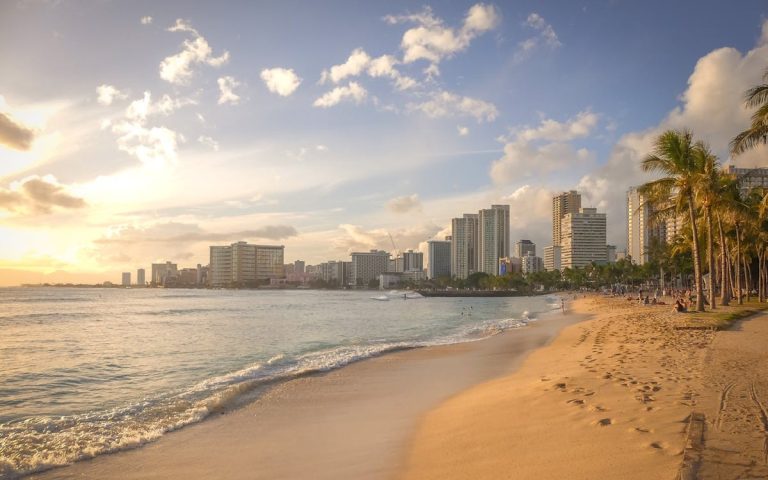Warning Signs Of Common Travel Scams To Avoid

Many trips become smoother when travelers recognize subtle signals that something feels off before a situation escalates. Scams often thrive in busy places where distractions are high and expectations are low, making it important to notice unusual requests or sudden pressure. A calm awareness helps keep plans on track while allowing room to enjoy each destination. Small details often reveal the difference between a genuine offer and a suspicious setup.
Unexpected “Official” Assistance

Scammers sometimes approach travelers while pretending to offer help that appears official, creating confusion through uniforms or badges that look convincing at first glance. The interaction often begins with friendly guidance followed by a push for fees or access to personal details. The sequence usually feels slightly out of place and may come with vague explanations that do not match the setting. Noticing this shift is often the first step in avoiding deeper trouble.
Too-Good-To-Be-True Offers

Unusually cheap tours or luxury upgrades offered on the spot often signal a setup designed to lure travelers into paying before understanding the full agreement. Scammers may rely on fast talk and vague descriptions, hoping the promise of savings creates quick decisions. The lack of clear paperwork or verifiable details should raise concern. Trustworthy deals generally allow time to think, ask questions, and confirm what is actually included.
Distraction Tactics In Crowded Areas

Busy plazas, transportation hubs, and markets sometimes attract groups that use noise or sudden commotion to pull attention in one direction while someone else targets belongings. A dropped item, a staged argument, or an overly friendly stranger may be part of the act. The situation often unfolds quickly and feels strangely timed. Staying aware of bags and pockets helps prevent losses that occur before the traveler realizes anything happened.
Pressure To Share Documents

Some scams involve requests for passports, credit cards, or identification in places where such information makes little sense. The scammer may pose as a worker, guide, or vendor asking to “hold” documents temporarily. Once handed over, retrieval becomes difficult or impossible. The request usually arrives abruptly without a clear reason. Authentic services rarely need more than a quick glance or verification while keeping documents in the traveler’s possession.
Unlicensed Transportation

Scammers sometimes operate unauthorized taxis or shuttles that wait near airports, terminals, or hotels, claiming to offer rides with no wait times. These vehicles may lack proper markings or meters, making final charges unpredictable. The driver might rush boarding or avoid answering basic questions about the route. Legitimate transportation services generally display clear signage, regulated rates, and identifiable company information.
Fake Rental Listings

Vacation rentals that appear unusually perfect in photos or priced significantly below similar stays often turn out to be fabricated. Scammers may rush for deposits and avoid live video tours or verifiable addresses. The listing often shows inconsistencies, such as mismatched furnishings or missing neighborhood details. Reliable hosts typically provide transparent communication and proof that the property exists.





